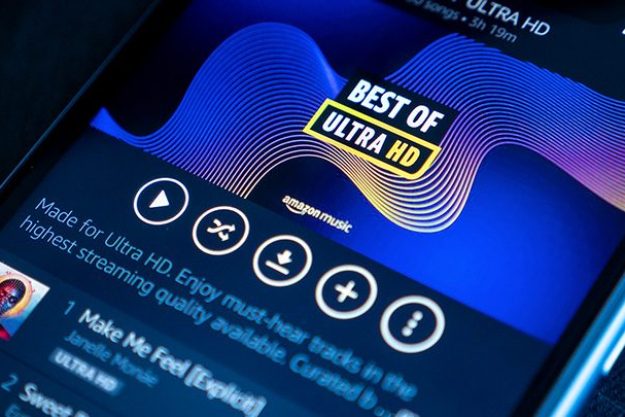Spotify has never looked kindly on those that get around the ads on its free tier of service, but now it says it’s not going to take it anymore. On Thursday, February 7, the streaming audio company sent out an email to members letting them know that it had updated its terms of service. These new terms make one thing abundantly clear: If you use an ad blocker, you’re toast.
“Circumventing or blocking advertisements in the Spotify Service, or creating or distributing tools designed to block advertisements in the Spotify Service” has been added to the list of cardinal sins you must never do while using Spotify, right up there with “copying, redistributing, reproducing, ‘ripping,’ recording,” the music itself. The penalty for ignoring this rule is account suspension or outright termination. So while it’s now crystal clear how Spotify feels about the use of ad blockers, it’s a lot less clear how the company intends to identify those who use these tools.
So why is Spotify suddenly on the rampage, when the use of ad blockers is hardly a new trend? A likely explanation is that ever since its much-anticipated IPO last year, the company is under new and building pressure to finally turn a profit — something it managed to do for the first time in its history in the most recent quarter. Clearly, it sees the use of ad blockers as a threat to its ability to maintain and grow that profit, so now it’s no more Mr. Nice Guy. A secondary concern, though no less important, is that the use of ad blocking software has seriously messed with Spotify’s ability to maintain an accurate count of its number of authorized users. Reporting an accurate number isn’t just important for Spotify as a company that’s trying to run a streaming business, it’s also a legal requirement now that it’s a public company.
As it turns out, Spotify would probably prefer that you use its ad-skip features (where available) than block them outright. The company has also made attempts in the past to make ads more appealing by matching them to the mood of your playlist, so that you don’t end up with an ad for an irritable bowel medication when you’re clearly trying to enjoy a romantic interlude.
If you’re a Spotify listener who uses ad blocking software, you now have another good reason to go legit. Plus, it doesn’t necessarily have to cost you the full standard price for a premium membership. We’ve rounded up several ways that you can save a few bucks each month, and still get to listen to your favorite music.
Editors' Recommendations
- Sonos app gets a major overhaul as the company prepares for next-gen products
- What is Deezer? Features, pricing, and music quality explained
- Spotify’s new AI Playlist feature uses text prompts to curate playlists
- Spotify adds music videos for Premium users in a handful of countries
- Apple Music just got a cool feature you won’t find on Spotify



